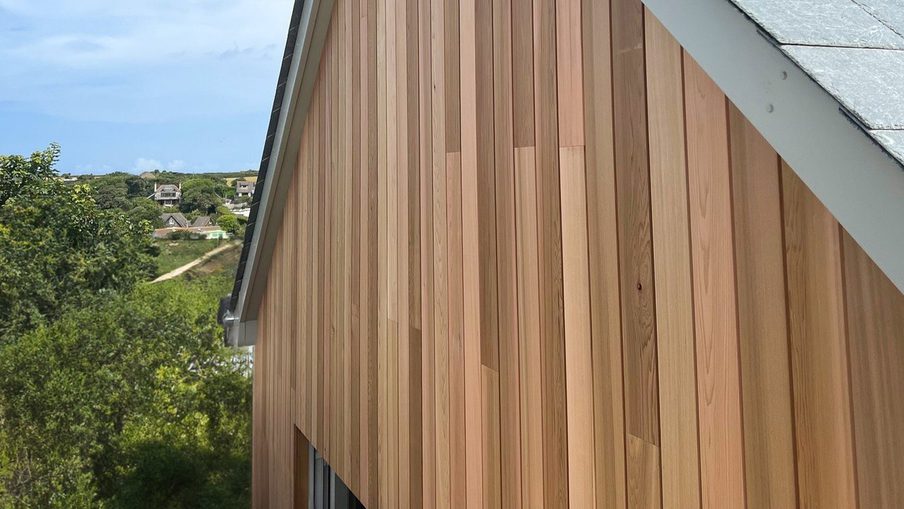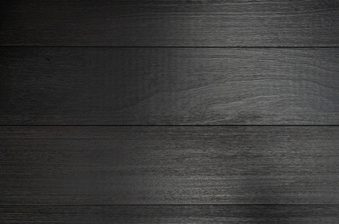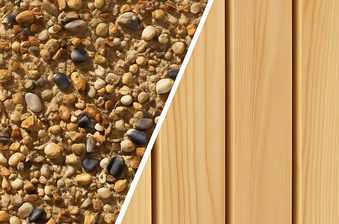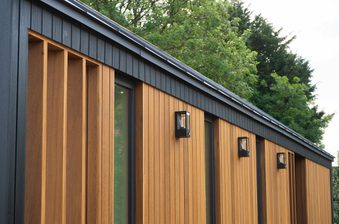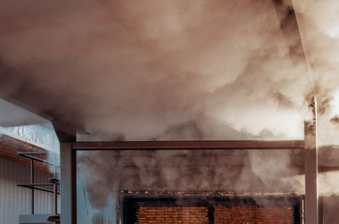As two popular exterior finishes for homes across the UK, both cladding and rendering can add value and curb appeal to your property.
Both perform very well: they’re durable, long-lasting, fairly low maintenance and add a layer of protection to the building. Cladding and rendering can be weatherproofed and specified to fire resistant grades.
But, perhaps most importantly, both cladding and rendering can elevate the appearance and beauty of your home. Your choice between the two will likely be guided by these visual considerations.
Cladding offers greater design freedom and flexibility — there’s a range of materials, colours, orientations and finishes — whilst rendering offers a smart, neat finish. Both can even be used together, with the clean look of rendering complementing the natural features of timber cladding.
Let’s take a look at some inspiration for your next project.
Cladding: a natural look with design flexibility
Cladding refers to components that are attached to a building’s primary structure to form an external surface. It is available in a range of materials, the most popular for home improvement purposes being timber and PVC (plastic). Composite cladding — a blend of wood and plastic — has also grown in popularity.
When it comes to the appearance of cladding, the possibilities are almost endless. The most traditional look comes through the use of externally-durable timber species like Western Red Cedar, Siberian Larch, Douglas Fir and European Oak.

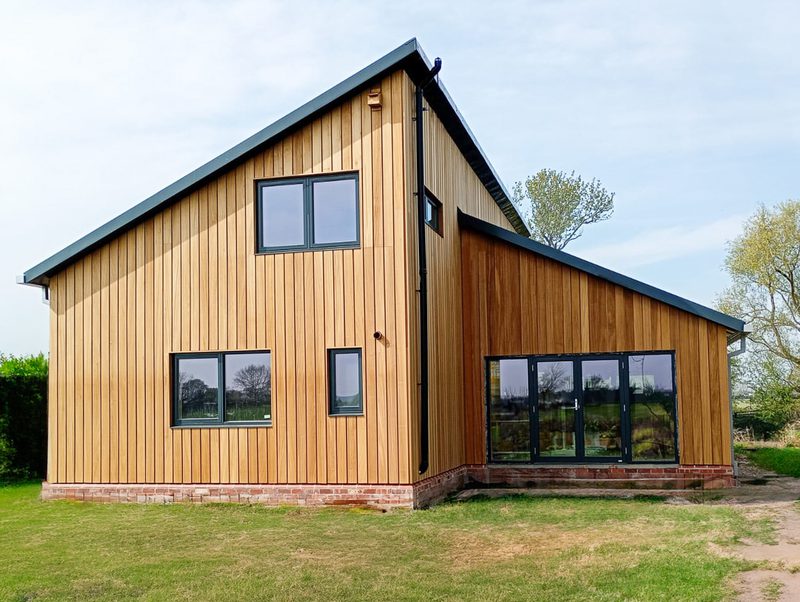


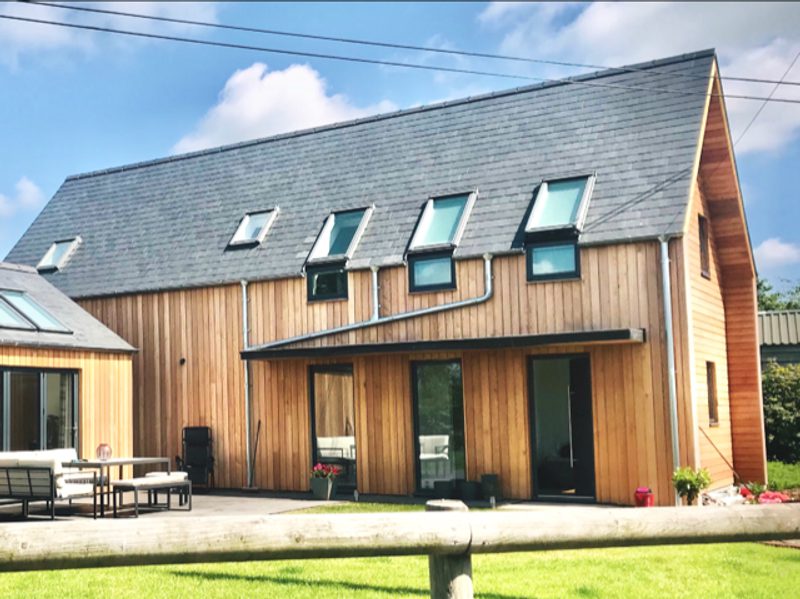
Hues of brown, golden yellow and salmon pink are all timelessly popular, showcasing timber at its best — grain patterns and textures add further intrigue. Natural materials like this are inherently appealing to us as humans. Wood is also renewable, with PEFC and FSC-certified options allowing for the ultimate statement of sustainability.


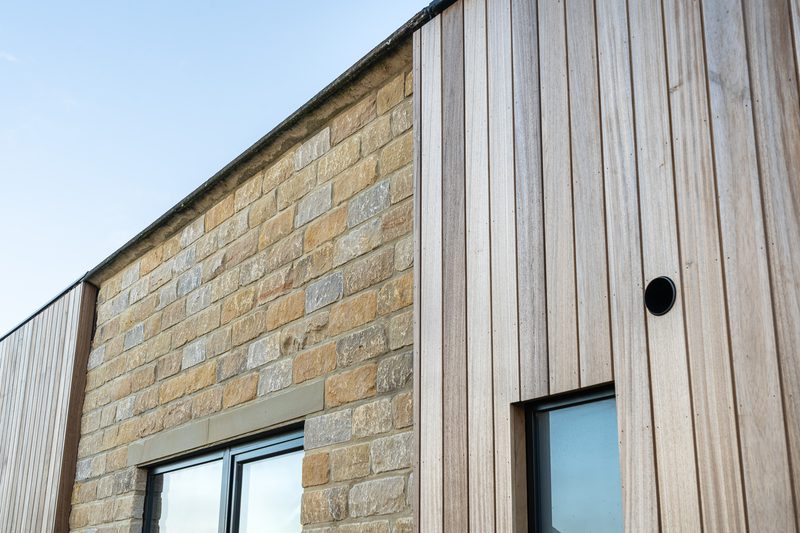
The outdoor performance and appearance of these cladding products can be further enhanced with a well-chosen treatment — as well as protecting the wood from moisture and UV-related damage, these can help the wood’s grain to ‘pop’. A transparent oil can also be applied, which will allow the cladding to slowly weather to an attractive silvery-grey — not altogether a bad thing, if you prize the natural look.
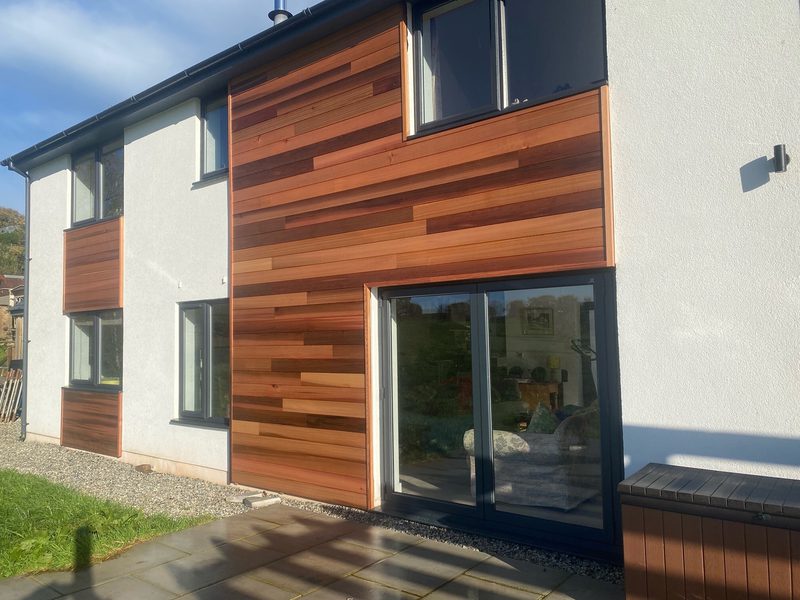

On this point, grey cladding is particularly on-trend for its natural, uncomplicated feel and Scandi-inspired look. For a slightly bolder and more dramatic (but similarly Nordic grayscale) design, another timber cladding type that’s hugely popular is black (or charred look) cladding.
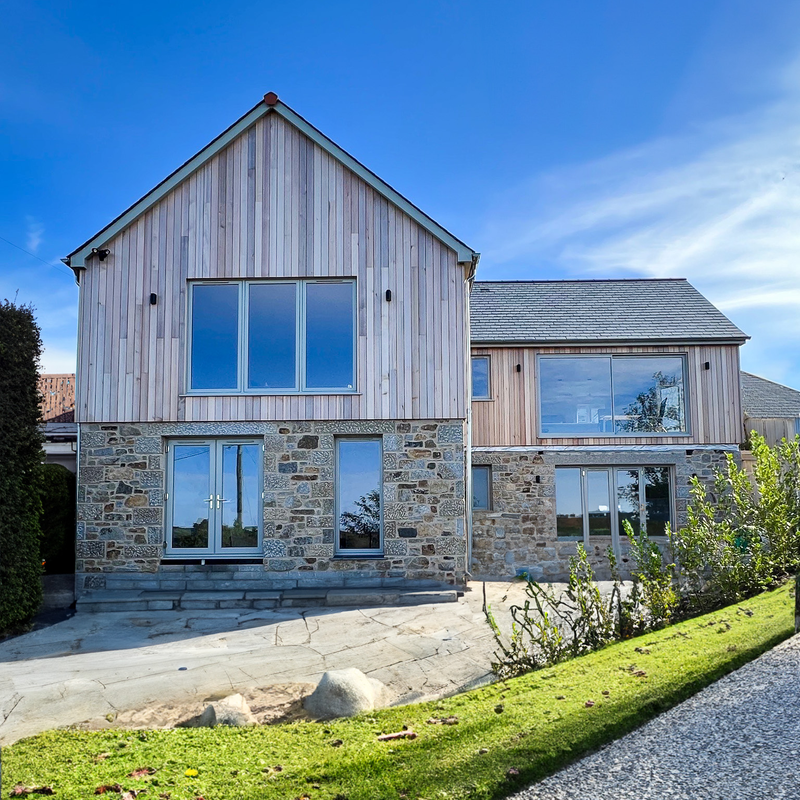

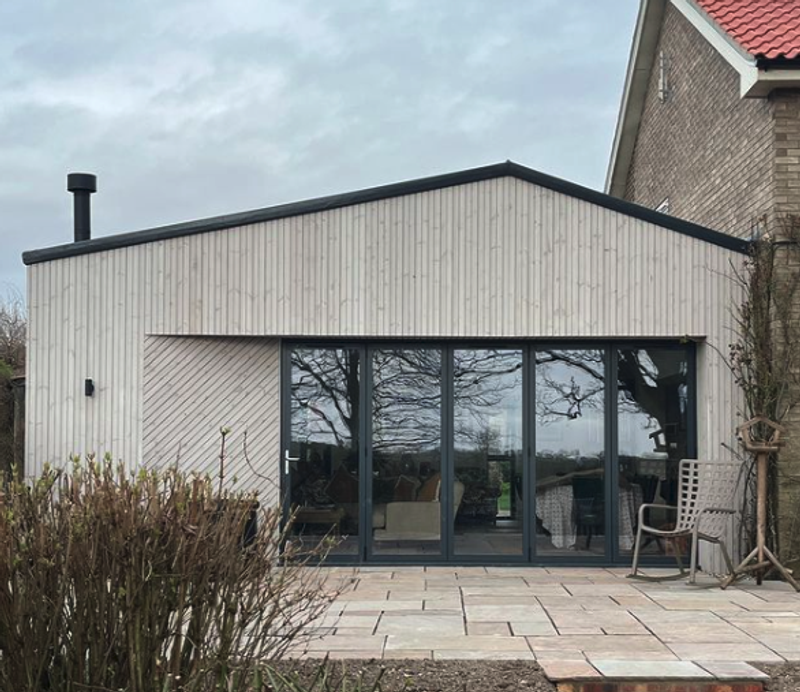
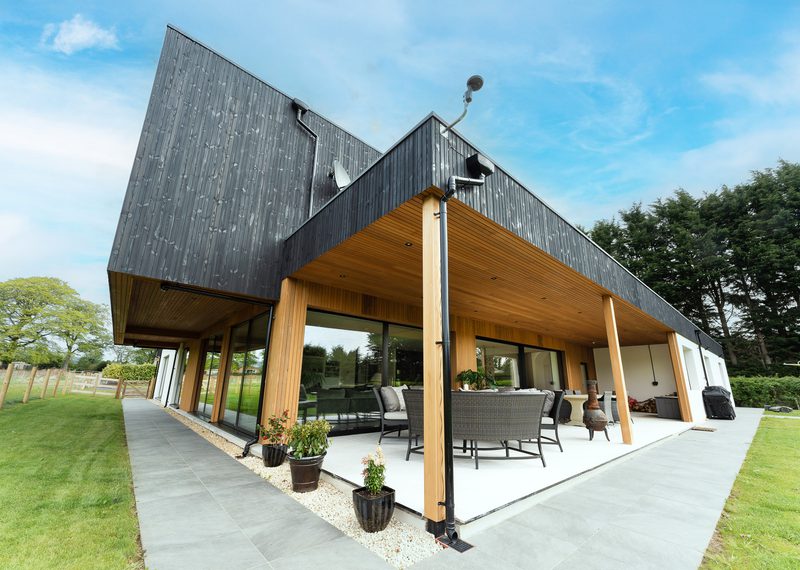
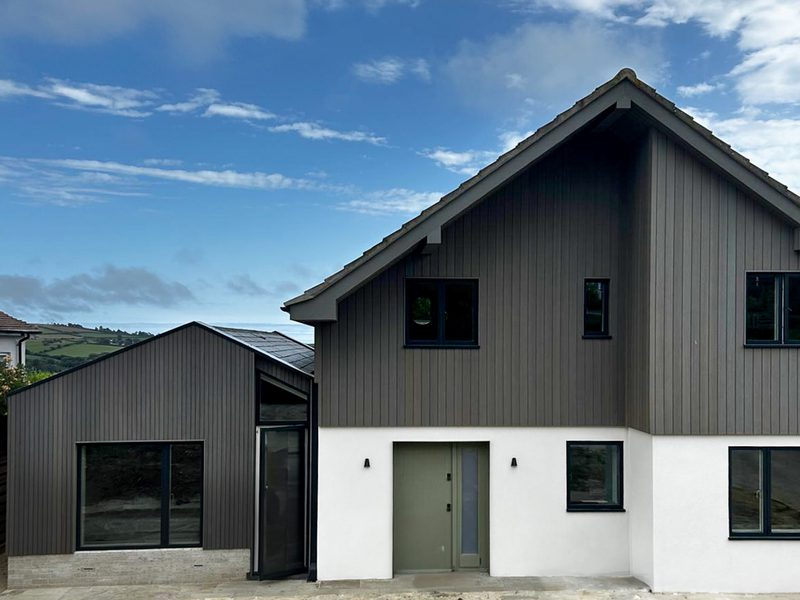
As mentioned, grey cladding can be achieved by allowing a quality timber species to weather naturally. But it can also be done by choosing a pre-coated timber cladding product, such as SiOO:X. This makes use of silicone technology to weather and protect the wood, giving a glorious grey look that’s available in a range of tints.
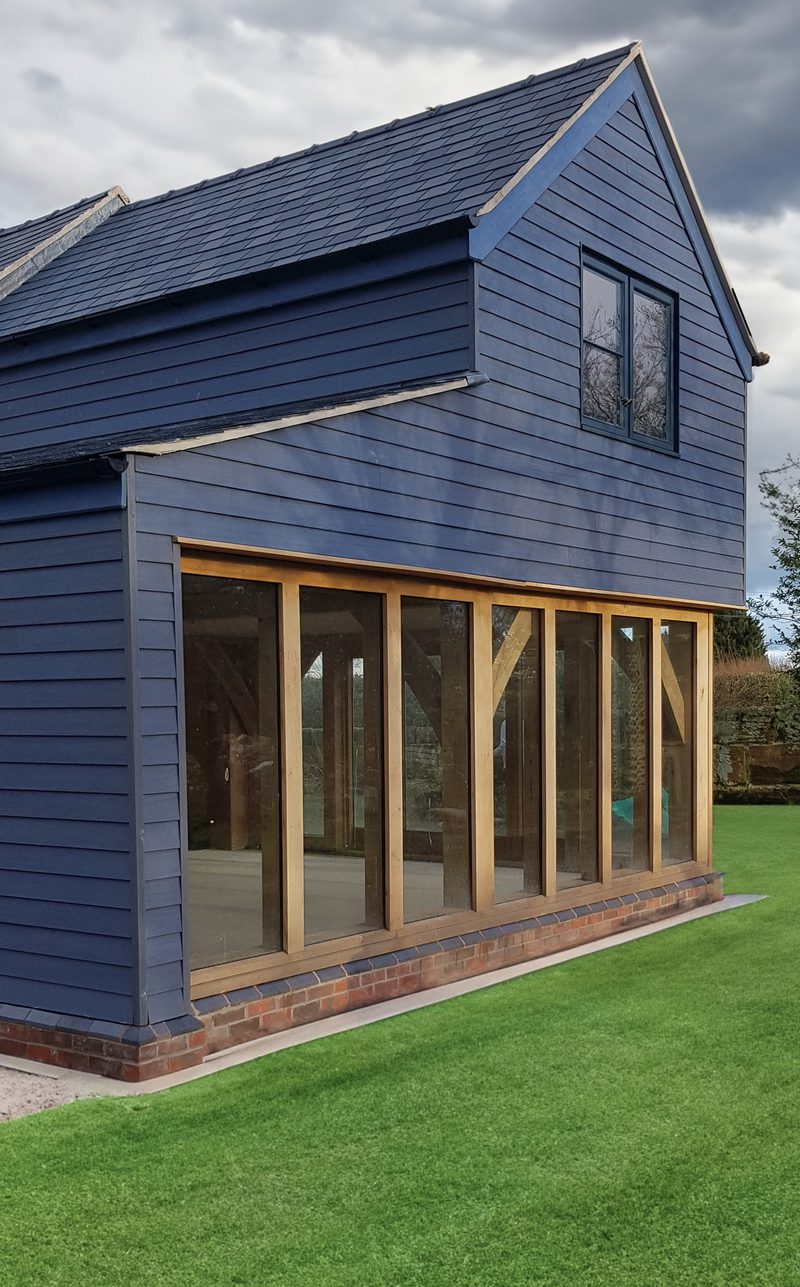

In fact, when being manufactured, any colour can be achieved through a professional factory finish — such as this fantastic bespoke RAL 5014 blue Ayous cladding. If you’re still stuck for ideas, we’ve put together a blog post on the best cladding colours for your house.
With cladding, you can also customise the orientation. Vertical cladding, especially in a thinner board, is particularly on-trend for a contemporary look. That’s not to say that horizontal cladding is all out of fashion; its smart look has stood the test of time. You may even prefer the look of diagonal cladding, or mixed orientations.

Even the profile of cladding can affect the finished project — a more traditional look can be achieved with featheredge, or a more contemporary feel can be affected with a shadow gap or square edge profile.
Composite and PVC plastic cladding are popular alternative types of cladding. Whilst not as environmentally sustainable or visually attractive as timber, they are usually easier to clean and maintain. Your choice should come down to whether you’d be happy to sacrifice some natural beauty for a slightly lower maintenance project.
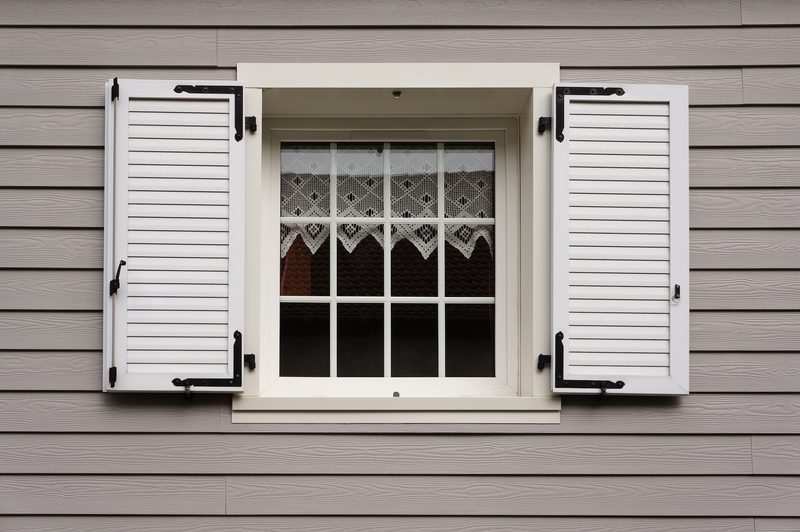
Rendering: a clean, smart and customisable finish
Rendering is a protective coating for exterior walls of a property. Applied wet, it usually has a smooth finish and is suitable for all types of building, old and new. Rendering can also be used to improve the insulation and protect from water penetration.
It’s often used to bring a building with older, tired brickwork back to life. Due to its cost effectiveness and popularity in the 1970s, rendering is sometimes associated with a more dated look, but when applied strategically, it’s undoubtedly a clean, crisp look.

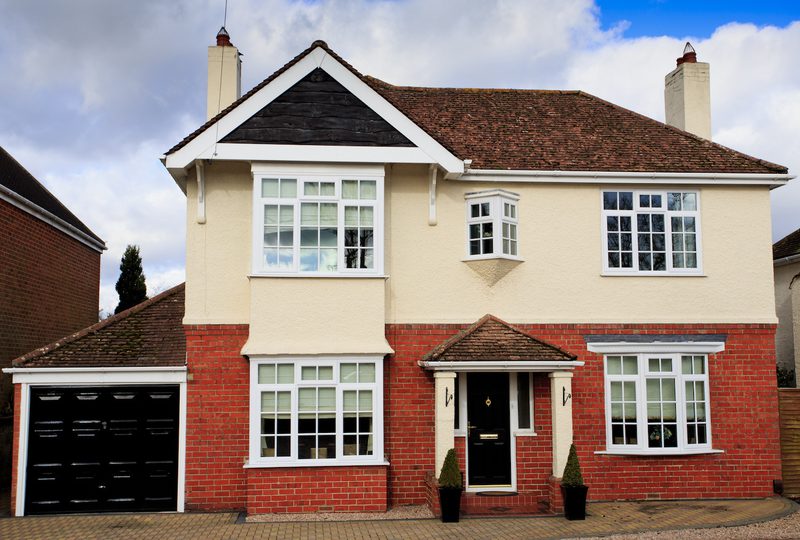
Traditional types of rendering included sand and cement, clay, lime and pebbledash. Modern render systems like monocouche have taken the lead nowadays; not only do they last longer, but they come pre-coloured and only require one coat.
Whilst it doesn’t afford you the biophilic beauty and complexity of wood, rendering gives you complete control over colour — the most versatile (and therefore most popular) hues are neutral colours, like white, off-white, light grey, cream or soft brown.
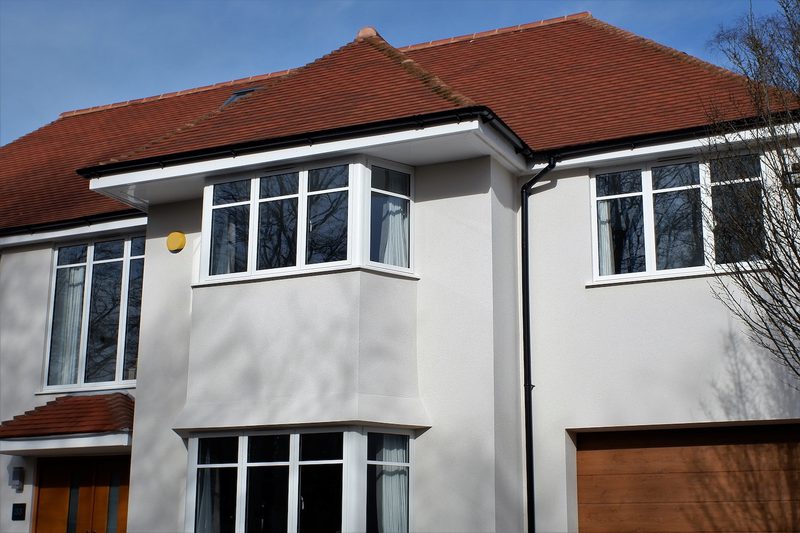
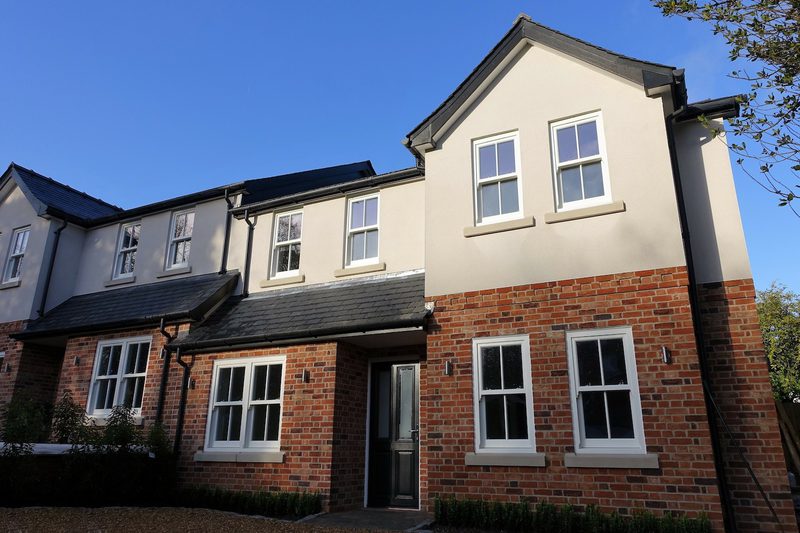
Lighter red is similarly popular — you may also be familiar with eye-catching pastels and decorative bold colours of London’s Notting Hill.
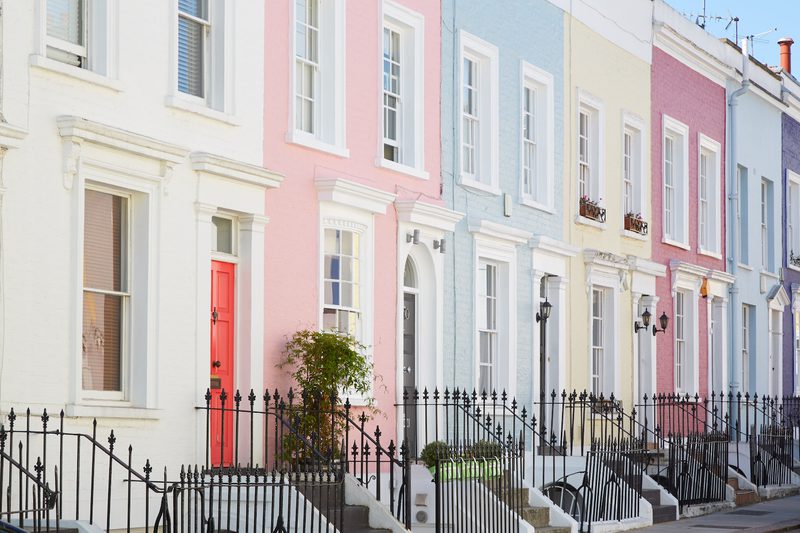
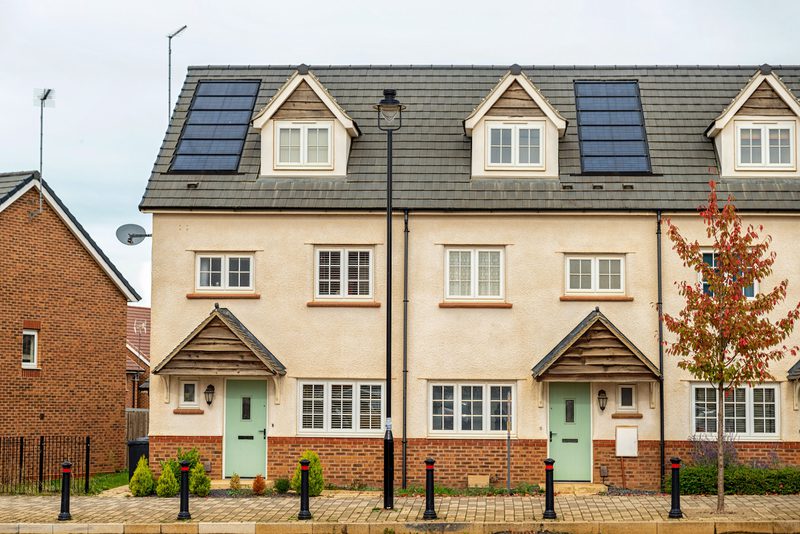
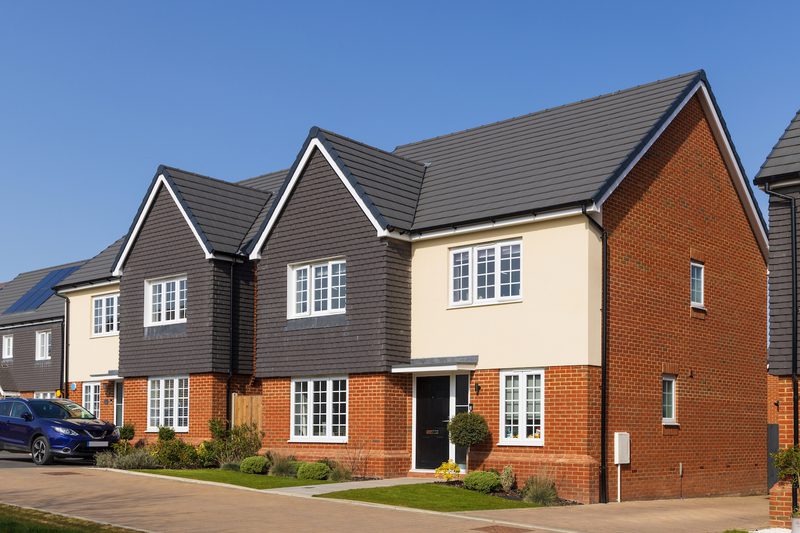
Over time, rendering may become discoloured by mould, algae or polluting particles and can require cleaning to restore its original colour. Be sure to check, too, for any signs of cracking.
Cladding vs. rendering: costs
The cost of choosing to render a wall or clad it with high-quality timber is usually very similar. However, there are many variables.
Just as there are many types of rendering, there are a whole host of timber cladding factors that can increase your project cost, such as the type of species or pre-coating chosen.
That said, because of the roughly similar price points between cladding and rendering a wall, we don’t think budget should be the deciding factor. Because both add value to your property, you’ll most likely recoup any project costs if it is done tastefully and stylishly.
Your decision should be about whether you prefer the visual appearance of a timber clad or rendered wall.
If you like both equally, then why not both? There’s nothing stopping you having rendered and cladded walls on your property — the cleanness of rendering can complement timber cladding’s natural, biophilic look superbly.
Duffield Timber: third-generation timber cladding specialists
From modest garden rooms to houses and large-scale commercial buildings, we supply quality, sustainable timber cladding for projects of all sizes across the UK.
Available in many species, profiles and finishes, all of our cladding products are machined on site, so we’re able to create a product that’s bespoke to your requirement and specification if required. This can include a range of factory pre-coatings and fire resistant treatments.
If you’re looking to discuss your project or you’re after some guidance on what would work best for your property, get in touch with our team using the button below or through our contact page.
